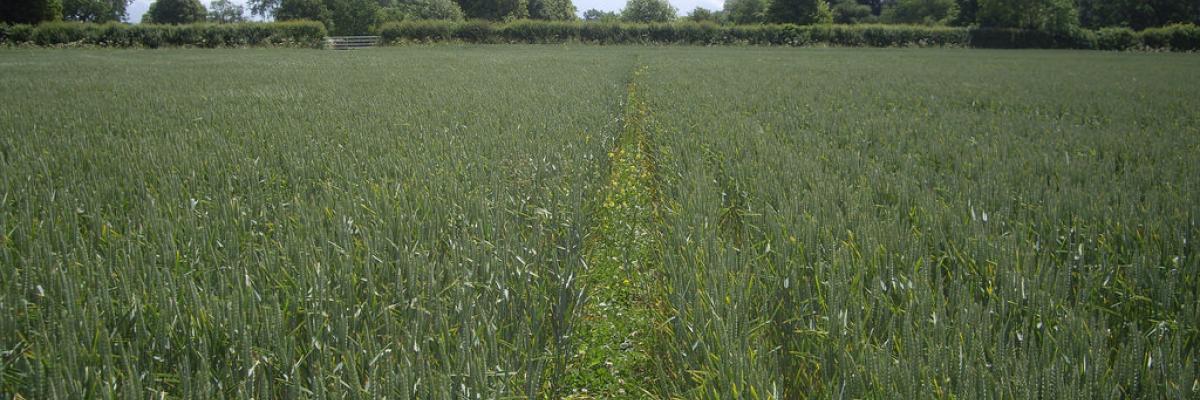
Tillage & undersowing effects on organic wheat yield components & yield
Download the PDF
This poster presents findings from experiments that investigated the effects different forms of tillage and undersowing had on the performance of organic winter and spring wheat. Long-term and frequent conventional tillage can undermine the soil environment, leading to poor crop yields. However, while non-inversion tillage has many benefits (such as improved soil aggregation), the potential of greater weed competition and lower crop yields can be off-putting. Bi-cropping can provide greater competitiveness against weeds (as well as utilising biologically-fixed atmospheric nitrogen). However, crop yields from organic bi-cropping can be highly variable, and are often lower than monoculture cereal yields. Conventional tillage (CT), low residue non-inversion tillage (LRNiT) and high residue non-inversion tillage (HRNiT) were compared at the Royal Agricultural University’s (RAU) Harnhill Manor farm in the UK. Undersowing with black medic, white clover and non-undersown wheat crops were also compared.
- The study ran from October 2010 to August 2012, with winter wheat cv. Claire sown in November 2010, plots undersown in April 2011, and spring wheat cv. Paragon sown in March 2012 and undersown in April.
- Differences in plant height, ear numbers, grain yield, legume dry matter, and weed dry matter (DM) were all recorded.
- Greater plant heights and ears per m2 were recorded for winter wheat with CT & LRNiT when compared to HRNiT. This was attributed to better seedbed quality and reduced weeds. It indicated that LRNiT could be a viable alternative to CT.
- For the spring wheat crops, CT produced higher grain yields than LRNiT or HRNiT.
- Non-inversion tillage often has a greater variability in seedbed than CT, which can cause slower plant growth and shorter plant heights.
.jpg)
(Image shows direct drilled organic wheat on the left and plough power harrow drilled on the right; showing the large grass weed burden that has accumulated under a direct drill senario)
- Undersowing black medic did not suppress weeds, and may have even resulted in greater weed DM. This caused greater competitiveness and a significant lowering of yield compared to non-undersown.
- Undersowing white clover did not significantly reduce the wheat yield (having less negative influence, and strong competitiveness with weeds). It therefore proved to be more suitable with spring wheat.

(Image shows direct drilled wheat undersown with medium leaf white clover but struggling with a large grass weed burden)
(Header image: Minimum tillage established spring wheat on the left and plough power harrow established spring wheat on the right, 2012. All photo credits: RAU)


